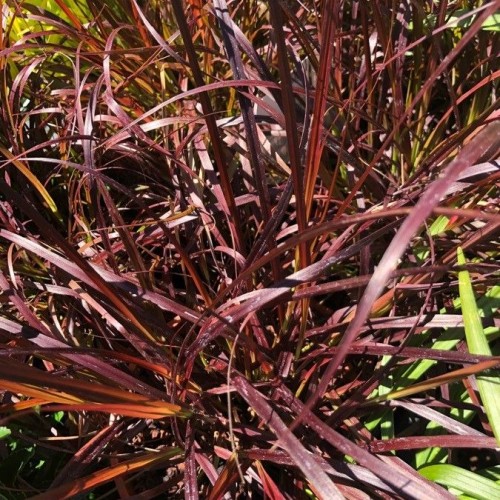
elephant grass
Pennisetum purpureum 'Prince'
Cycle:
Perennial
Watering:
Average
Hardiness Zone:
8 - 10
Flowers:
Flowers In Autumn
Sun:
Full sun
Leaf:
Yes
Growth Rate:
High
Maintenance:
Moderate
Drought Tolerant:
Yes
Salt Tolerant:
Yes
Invasive:
Yes
Care Level:
Medium
watering
Elephant grass (Pennisetum purpureum 'Prince') should be watered deeply 2-3 times a week. It requires a lot of water, so water until you see water running off the edge of the pot. After the initial watering, the plant should then be watered once the soil is dry to the touch. It is especially important to water during dry periods, as elephant grass can become stressed if water is lacking. In addition, during the hottest months it may be beneficial to mist the foliage of your plant with a spray bottle in order to increase humidity.
sunlight
Elephant grass (Pennisetum purpureum 'Prince') needs at least 6 hours of direct sunlight each day, although it can tolerate up to 8 hours or more in warmer climates. It prefers full sun throughout the day, but will still grow well if provided with partial or dappled shade for a few hours. When the sun is strongest (such as midday or late afternoon), providing some shade will help to make the grass even more vigorous. Too much direct sunlight can be harmful, however, and could cause the leaves to scorch or burn.
pruning
Elephant Grass (Pennisetum purpureum 'Prince') should be pruned once annually in the late spring or early summer after new growth has begun. This should be done by cutting the grass down to the desired height, removing any dead, damaged, or discolored foliage and removing up to 1 third of the shoots. When figuring out how much to cut, consider the purpose of the grass (ornamental planting or hedging) and your desired height and shape for the grass.
